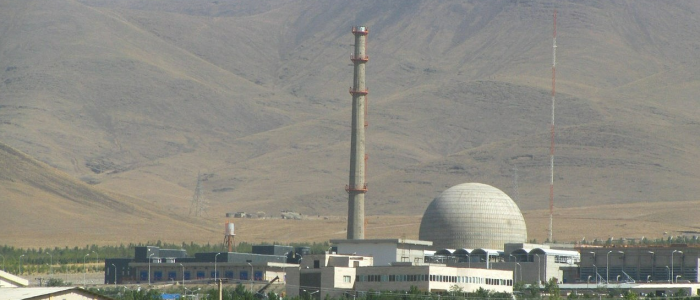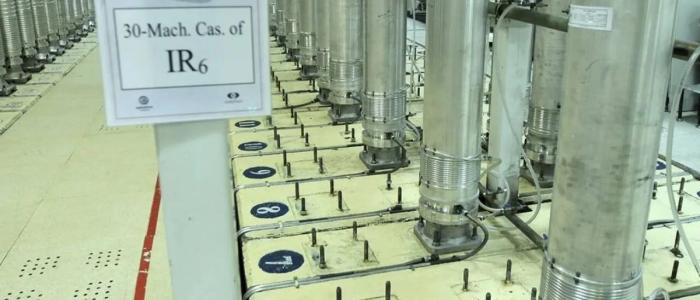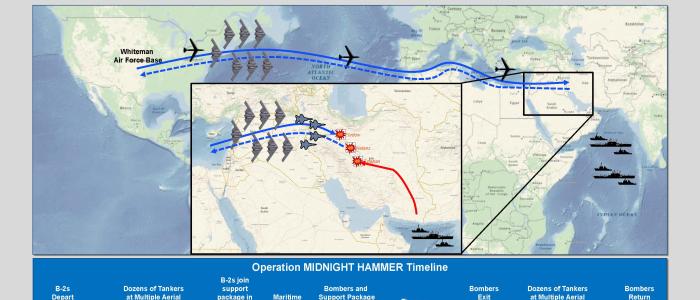Weapon Program Background Report
October 21, 2025
A running timeline of important events in Iran's nuclear program from 1967 to the present day, including the country's secret effort to build nuclear weapons in the early 2000s, the 2015 nuclear deal, and the 2025 U.S. and Israeli strikes on Iran's nuclear facilities.
Interviews and Podcasts
September 26, 2025
In this episode of Iran Watch Listen, Wisconsin Project Executive Director Valerie Lincy and Senior Research Associate John Caves sat down with Wisconsin Project Senior Fellow John Lauder to think through the new realities after the bombing of Iran’s nuclear program and the return of U.N. sanctions.
Articles and Reports
August 26, 2025
How quickly might Iran enrich enough uranium for a small nuclear arsenal in the aftermath of the Israeli and U.S. strikes? This analysis considers scenarios involving various sizes of secret sites and differing levels of usable enriched uranium stockpiles.
Weapon Program Background Report
July 24, 2025
The international community has long raised concerns about the dual-use potential of Iran's nuclear infrastructure, which could be used to make fuel for reactors or weapons. Israel and the United States acted on those concerns, carrying out airstrikes that caused serious damage to a number of Iranian nuclear facilities.
Nuclear
A front company for the Organization of Defensive Innovation and Research (SPND), which according to the U.S. Department of State is the direct successor to Iran's pre-2004 nuclear weapon program; facilitated the travel of Iranian nuclear experts to Russia to procure dual-use technologies and expertise applicable in nuclear weapon development.
Nuclear, Missile, Chemical, Military
A research institute subordinate to the Ministry of Defense and Armed Forces Logistics (MODAFL); associated with "possible military dimensions to Iran's nuclear program," according to the International Atomic Energy Agency (IAEA); the direct successor to Iran's pre-2004 nuclear weapons program, according to the U.S. Department of State.
A Switzerland-based front company for Iran-based Sanat Danesh Rahpuyan Aflak Company Ltd (SDRA) that has procured navigation system components used by the Islamic Revolutionary Guard Corps Aerospace Force Self-Sufficiency Jihad Organization (IRGC ASF SSJO) to produce missiles and drones.
Military
A Hong-Kong based trading company; according to the U.S. Department of the Treasury, part of a procurement network operated by Iran-based Pishtazan Kavosh Gostar Boshra (PKGB) and its subsidiary, Narin Sepehr Mobin Isatis, involved in acquiring components for unmanned aerial vehicles.





